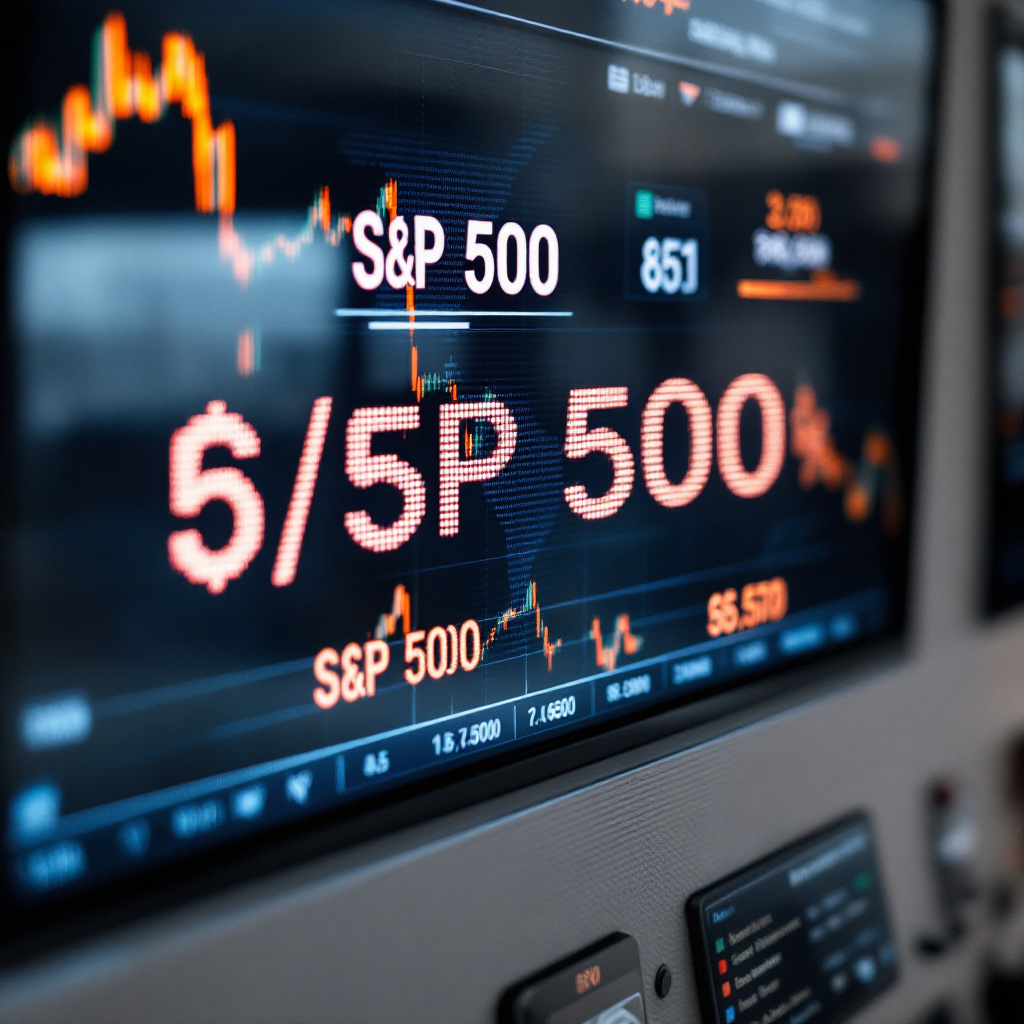S&P 500 Reaches Record Levels on Positive Macroeconomic Sentiment
Estimated reading time: 3 minutes
- S&P 500 hits new all-time high of 6,491 points.
- Positive macroeconomic sentiment drives market gains.
- Energy sector lags behind, with Chevron experiencing a decline.
- European markets show a less pronounced response.
- Continued positive movement suggests underlying confidence in the US economy.
Contents
- S&P 500 Reaches Record Levels on Positive Macroeconomic Sentiment
- S&P 500’s Upward Trajectory
- Sector Performance
- Market Reaction
- European Market Response
- What to Watch Next
S&P 500’s Upward Trajectory
At the start of trading on September 8, 2025 (UTC), the S&P 500 index reached a new all-time high of 6,491 points. This represents a modest gain of 0.15% from the previous session’s close. The advance follows a period of generally positive macroeconomic conditions in the United States and reflects continued positive momentum in the index. The increase wasn’t driven by any significant overnight macroeconomic data releases or index rebalances, but rather by sustained positive sentiment regarding the overall US economy. Trading Economics
The S&P 500’s upward trajectory reflects a broader trend of resilience in the US market. Over the past month, the index has shown a gain of 1.84%, while its year-over-year increase stands at a substantial 18.6%. Trading Economics This continued positive movement suggests underlying confidence in the US economy, despite the absence of major overnight economic data releases or earnings announcements that would typically drive such significant market shifts.
Sector Performance
While the overall movement was positive, the advance wasn’t uniformly distributed across sectors. The energy sector, in particular, lagged behind the broader market. Chevron, a significant energy component of the S&P 500, experienced a decline of 2.56%. Other notable declines included Advanced Micro Devices and General Electric Aerospace, though these were minor and did not significantly offset the overall positive momentum of the index. This suggests that the S&P 500’s advance was relatively broad-based rather than driven by a single mega-cap stock or a specific sector surge. Trading Economics
Market Reaction
The immediate market reaction mirrored the S&P 500’s modest gain. ES futures, which track the S&P 500, reflected the index’s rise. While detailed sector-specific breadth data and VIX information were not immediately available from official sources in the 12 hours following the opening, the overall trend in other US indices followed the upward trajectory of the S&P 500.
European Market Response
European markets showed a less pronounced response, with more modest gains observed in major indices. The FTSE 100, for example, saw a 0.29% increase, while the DAX gained 0.13%. This suggests that the US market strength, particularly the S&P 500’s new high, was the primary driver of global market activity during this period. 5paisa The relative muted response in European indices indicates that the S&P 500’s advance was largely a US-centric development rather than a global phenomenon triggered by broader geopolitical or macroeconomic factors.
What to Watch Next
- Further analysis of sector performance within the S&P 500 to identify underlying drivers of the index’s advance beyond the observed declines in specific companies.
- The impact of any forthcoming earnings releases on individual stocks and, consequently, on the overall index performance of the S&P 500.
- Monitoring of overall macroeconomic indicators in the coming days to assess whether the positive sentiment driving the index’s gains is sustainable.
Stay ahead of the market with our AI-powered indices news platform. We continuously scan and verify trusted sources to surface the most important developments from the last 12 hours, distilled into clear takeaways. Bookmark this page, enable alerts, or follow our channels to get timely updates as they break.


